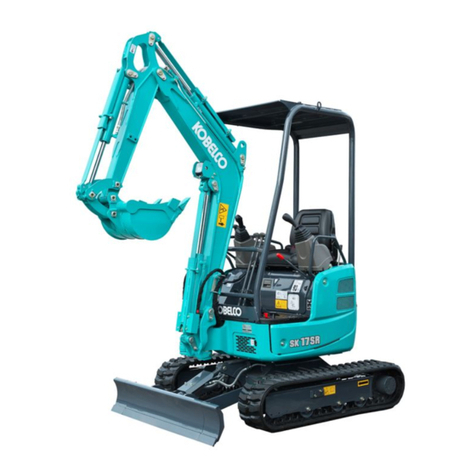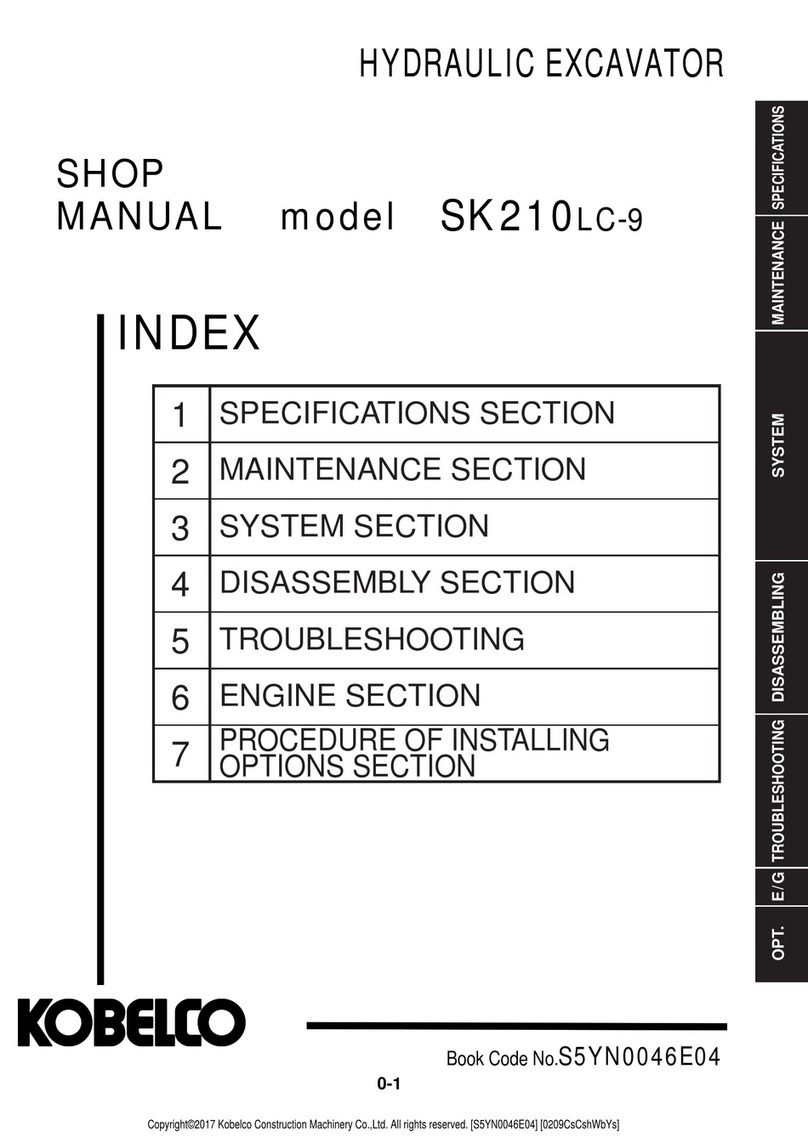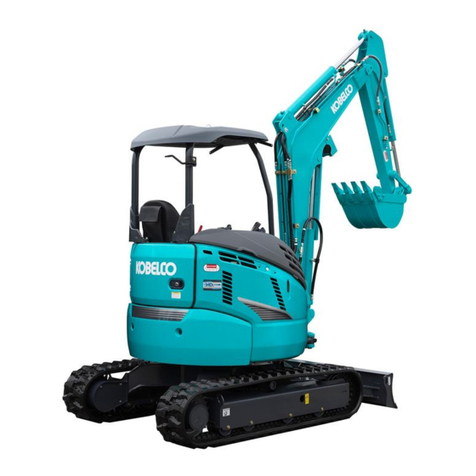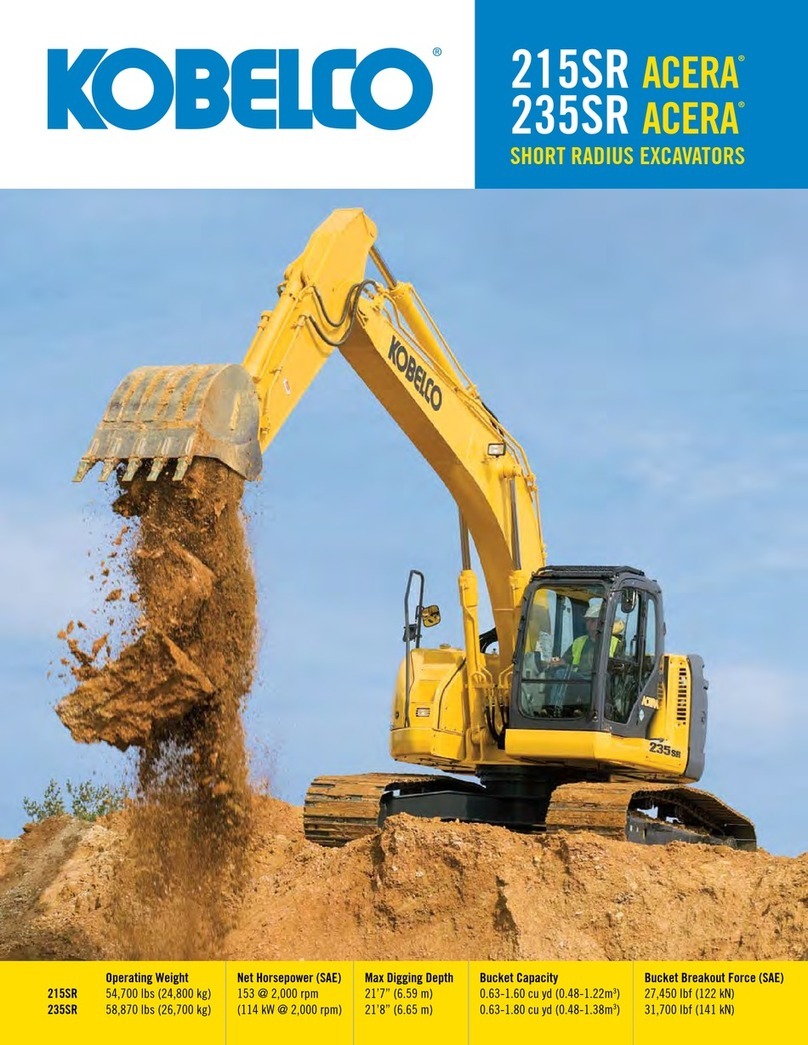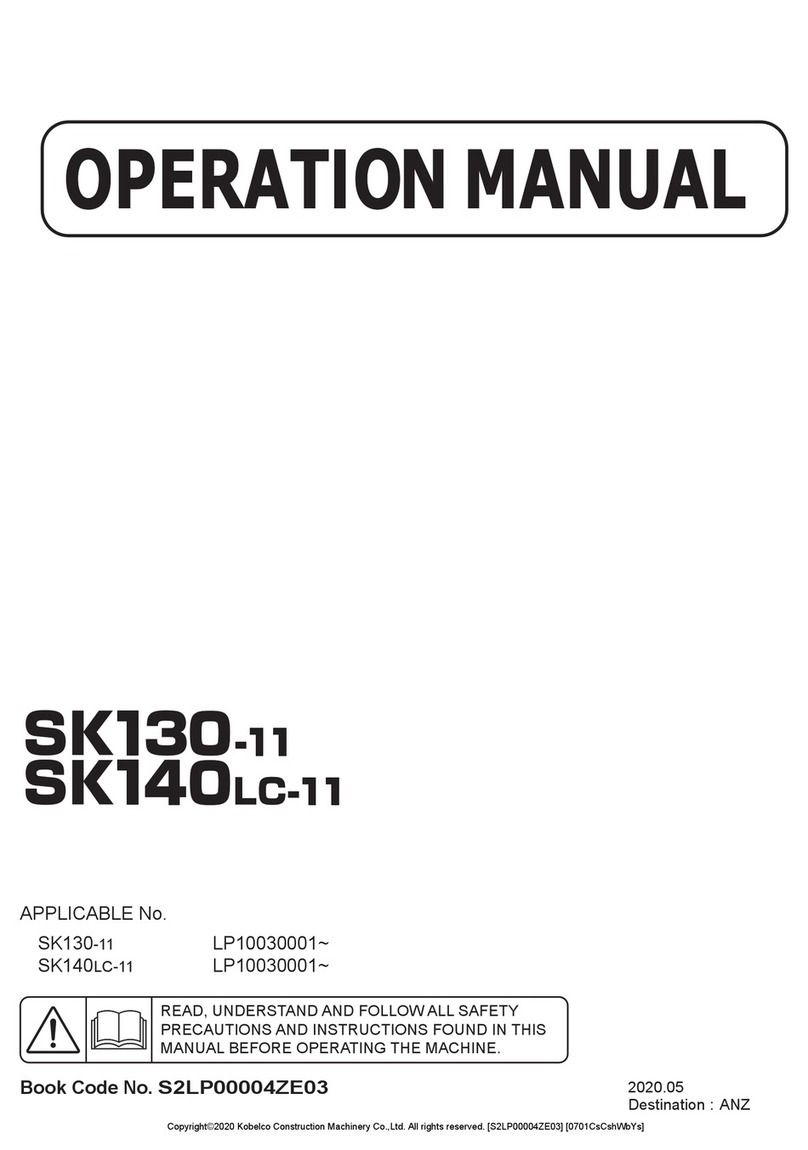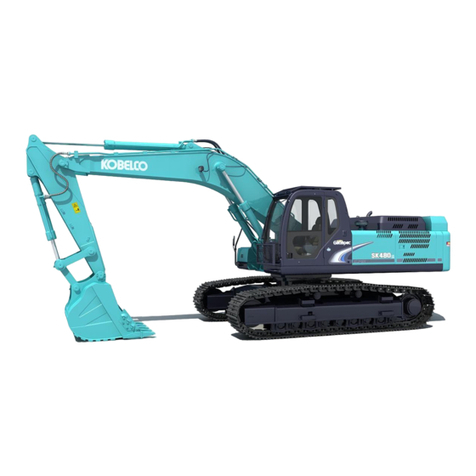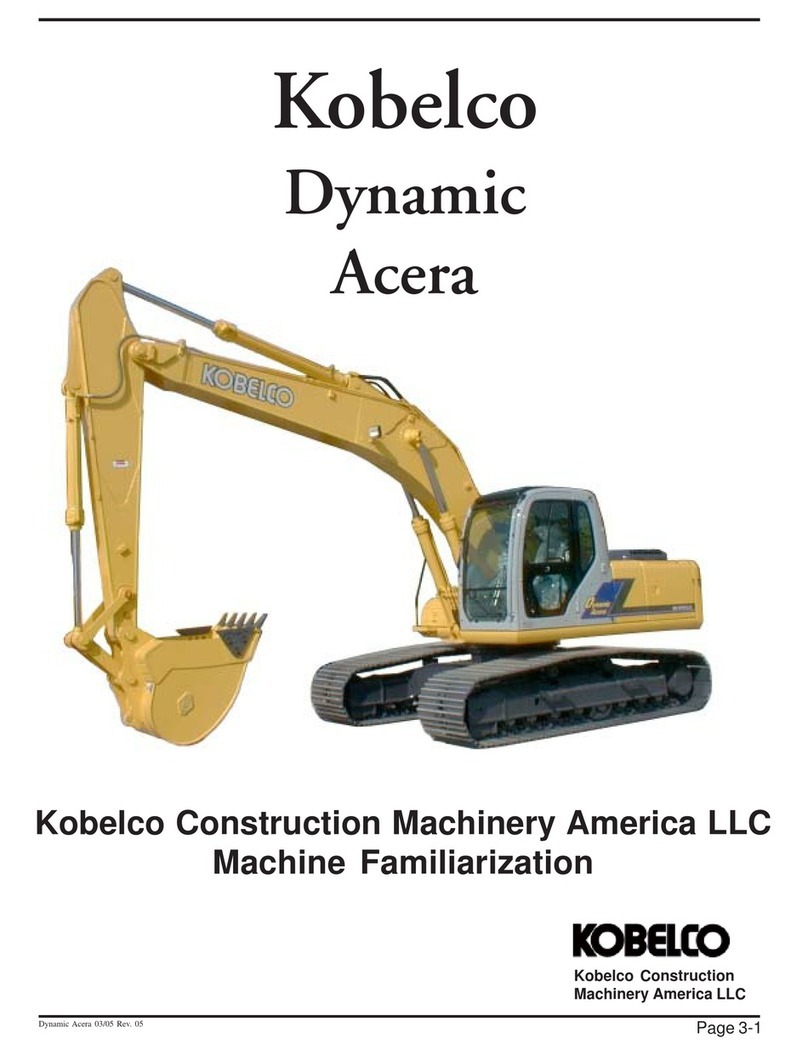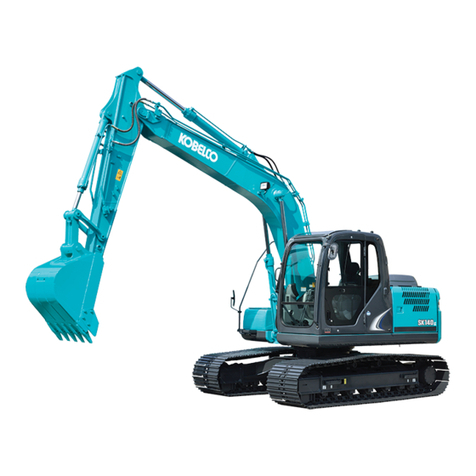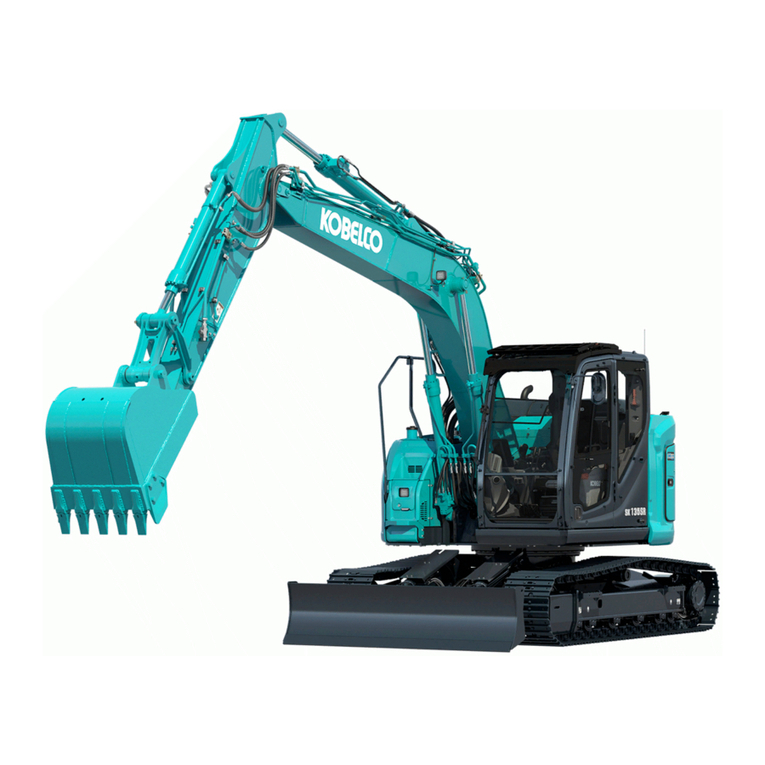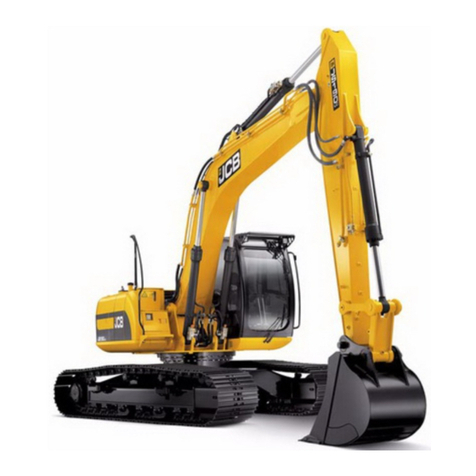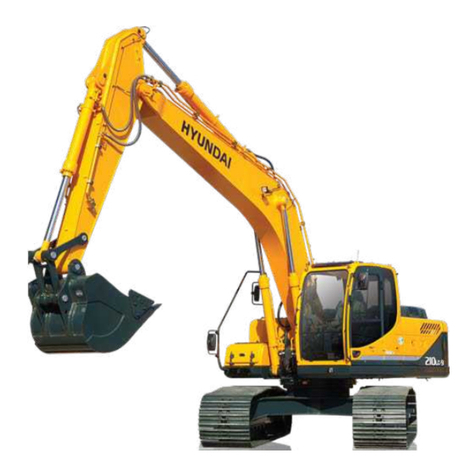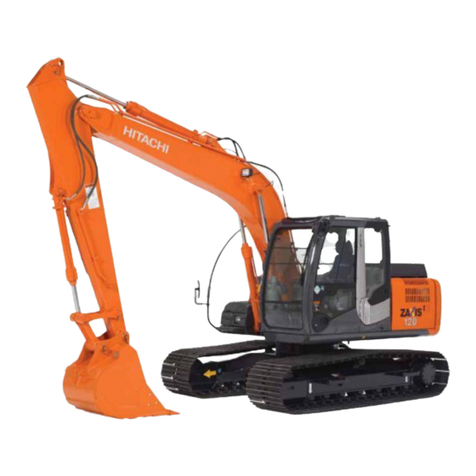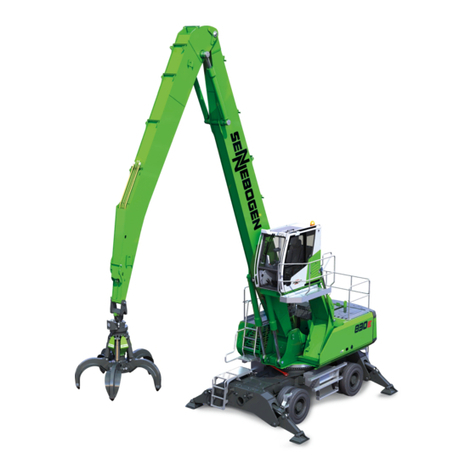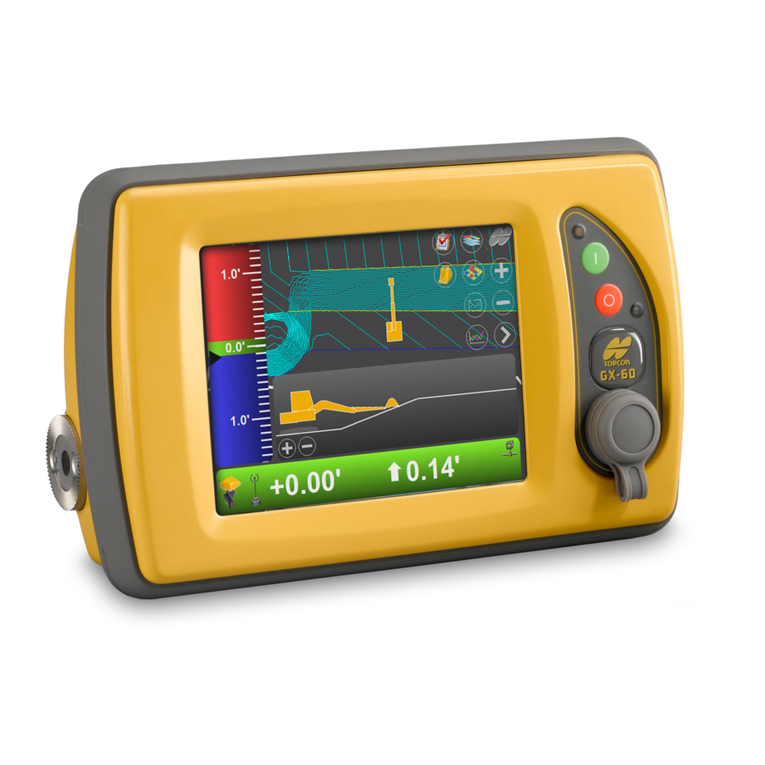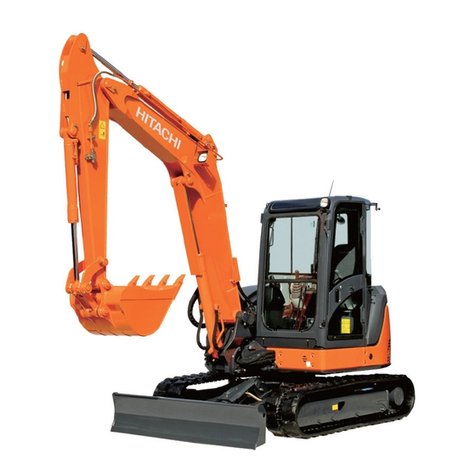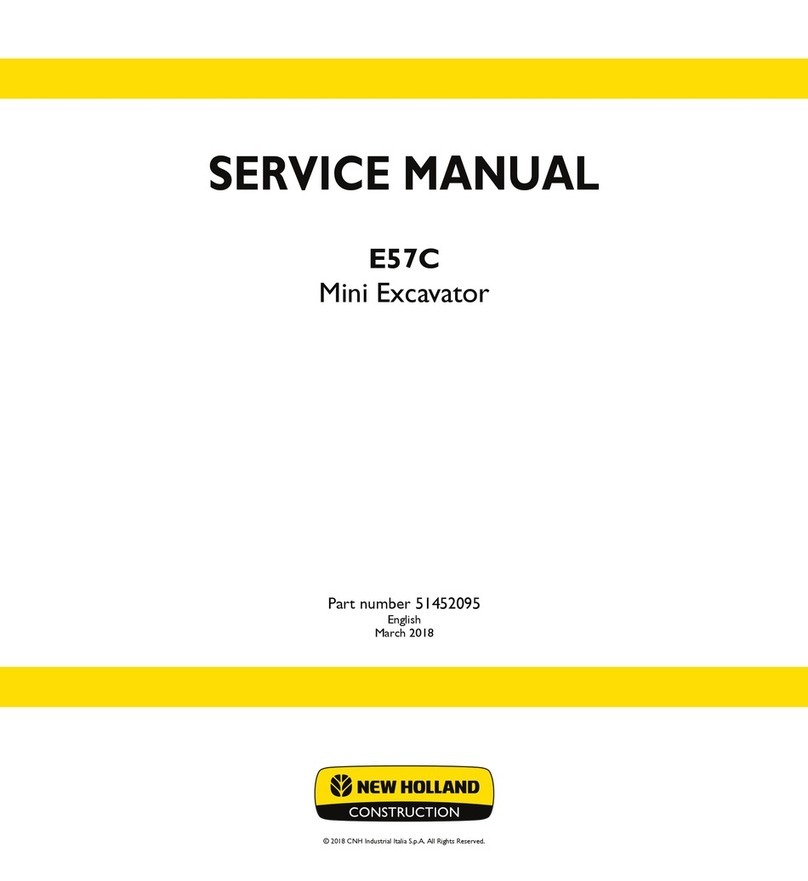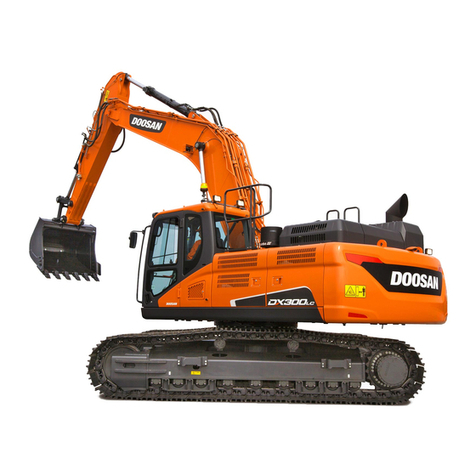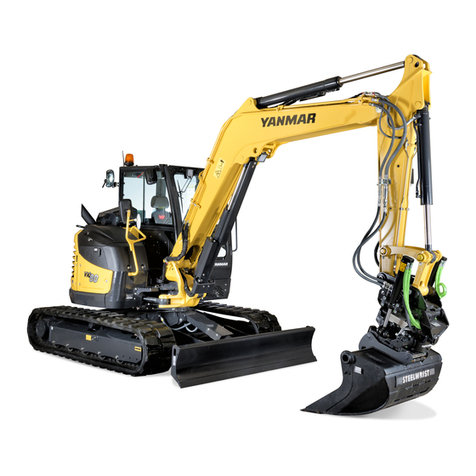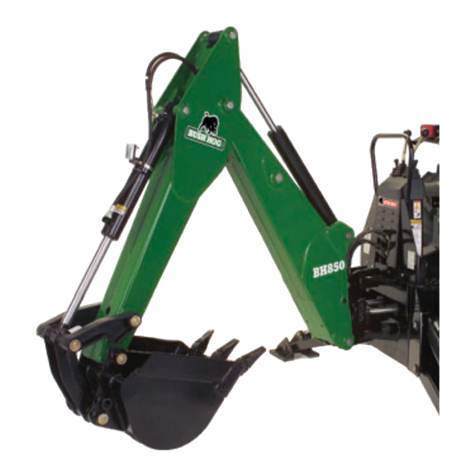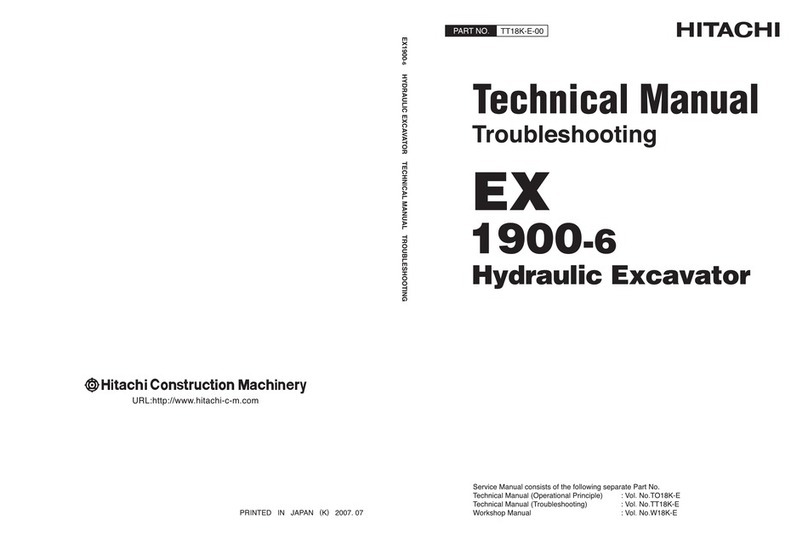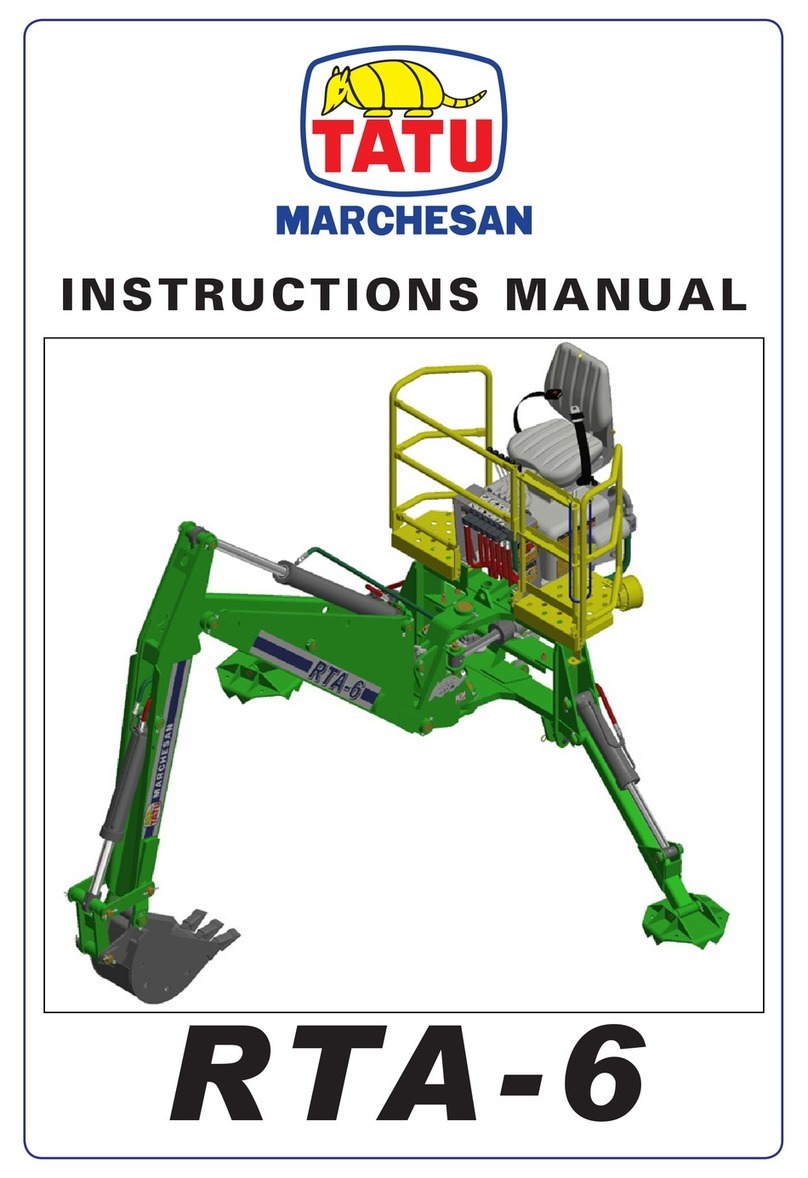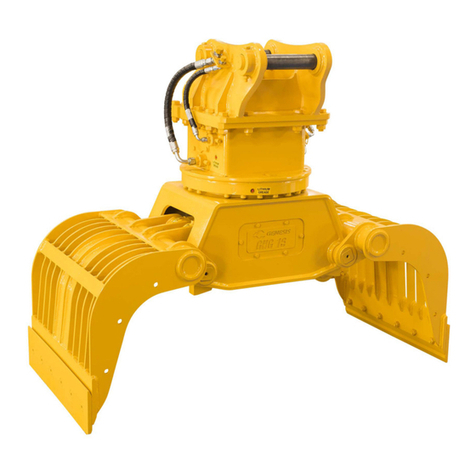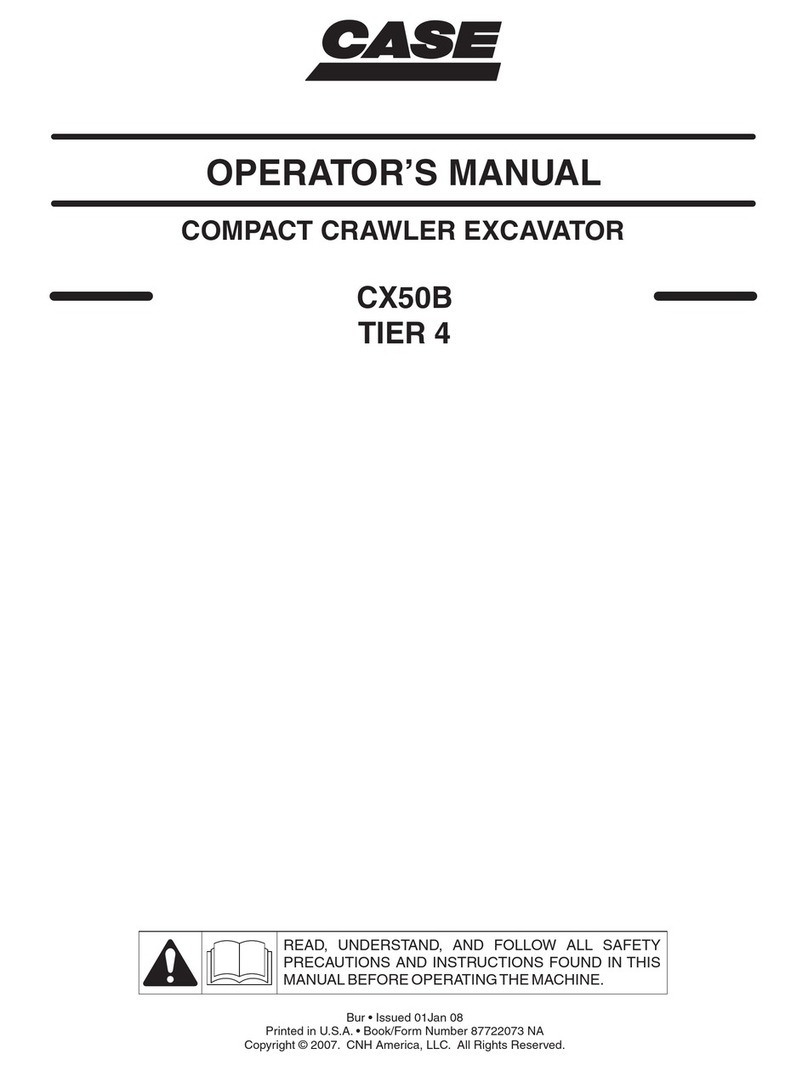0-3
SAFETY PRECAUTIONS
The proper and safe lubrication and maintenance
for this machine, recommended by the Manufactur-
er, are outlined in the OPERATOR’S MANUAL for
the machine.
Improper performance of lubrication or mainte-
nance procedures are dangerous and could result
in injury or death. Read and understand the MAN-
UAL before performing any lubrication or mainte-
nance.
The serviceman or mechanic may be unfamiliar with
many of the systems on this machine. This makes it
important to use caution when performing service work.
A knowledge of the system and or components is im-
portant before the removal or disassembly of any com-
ponent.
Because of the size of some of the machine compo-
nents, the serviceman or mechanic should check the
weights noted in this manual. Use proper lifting proce-
dures when removing any components. Weight of com-
ponents table is shown in the section;
SPECIFICATIONS.
The following is a list of basic precautions that must al-
ways be observed.
(1) Read and understand all Warning plates and de-
cals on the machine before Operating, Maintaining
or Repairing this machine.
(2) Always wear protective glasses and protective
shoes when working around machines. In particu-
lar, wear protective glasses when using hammers,
punches or drifts on any part of the machine or at-
tachments. Use welders gloves, hood/goggles,
apron and the protective clothing appropriate to the
welding job being performed. Do not wear loose fit-
ting or torn clothing. Remove all rings from fingers,
loose jewelry, confine long hair and loose clothing
before working on this machinery.
(3) Disconnect the battery and hang a "Do Not Oper-
ate" tag in the Operators Compartment. Remove ig-
nition keys.
(4) If possible, make all repairs with the machine
parked on a firm level surface. Block the machine
so it does not roll while working on or under the ma-
chine. Hang a "Do Not Operate" tag in the Opera-
tors Compartment.
(5) Do not work on any machine that is supported only
by lift, jacks or a hoist. Always use blocks or jack
stands, capable of supporting the machine, before
performing any disassembly.
Do not operate this machine unless you have
read and understand the instructions in the OP-
ERATOR’S MANUAL. Improper machine opera-
tion is dangerous and could result in injury or
death.
(6) Relieve all pressure in air, oil or water systems be-
fore any lines, fittings or related items are discon-
nected or removed. Always make sure all raised
components are blocked correctly and be alert for
possible pressure when disconnecting any device
from a system that utilizes pressure.
(7) Lower the bucket, dozer, or other attachments to
the ground before performing any work on the ma-
chine. If this cannot be done, make sure the bucket,
dozer, ripper or other attachment is blocked correct-
ly to prevent it from dropping unexpectedly.
(8) Use steps and grab handles when mounting or dis-
mounting a machine. Clean any mud or debris from
steps, walkways or work platforms before using.
Always face the machine when using steps, ladders
and walkways. When it is not possible to use the
designed access system, provide ladders, scaf-
folds, or work platforms to perform safe repair oper-
ations.
(9) To avoid back injury, use a hoist when lifting com-
ponents which weigh 20 kg (45 lbs) or more. Make
sure all chains, hooks, slings, etc., are in good con-
dition and are the correct capacity. Be sure hooks
are positioned correctly. Lifting eyes are not to be
side loaded during a lifting operation.
(10)To avoid burns, be alert for hot parts on machines
which have just been stopped and hot fluids in
lines, tubes and compartments.
(11)Be careful when removing cover plates. Gradually
back off the last two capscrews or nuts located at
opposite ends of the cover or device and carefully
pry cover loose to relieve any spring or other pres-
sure, before removing the last two capscrews or
nuts completely.
(12)Be careful when removing filler caps, breathers and
plugs on the machine. Hold a rag over the cap or
plug to prevent being sprayed or splashed by liq-
uids under pressure. The danger is even greater if
the machine has just been stopped because fluids
can be hot.
